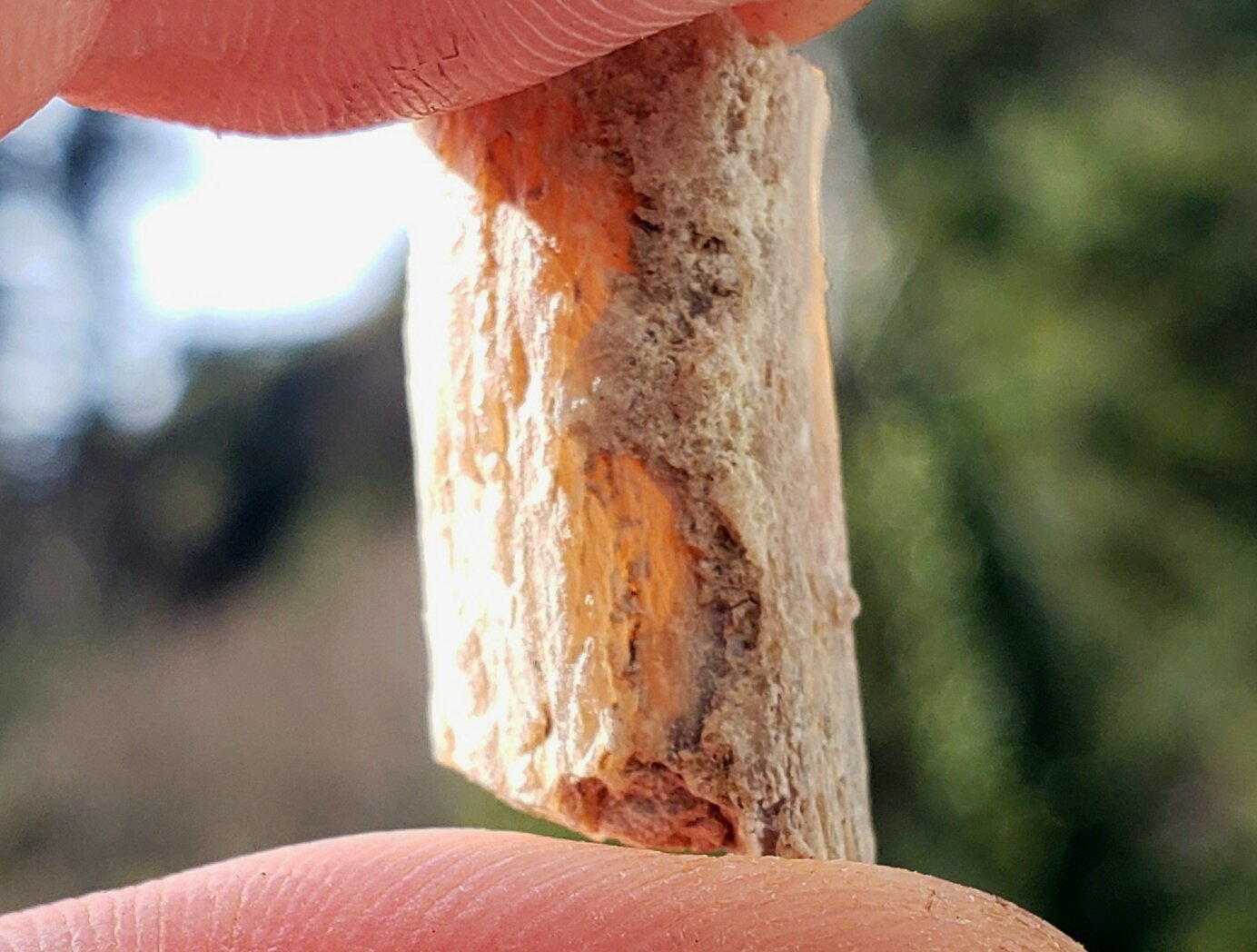Hi.
Welcome to the Ozone and our adventures!

Welcome to the Ozone and our adventures!
SiO2·nH2O

Royal Peacock, Virgin Valley Flash
Opal is a hydrated amorphous form of silica. Instead of silicate crystals forming, like quartz or agate, the silica are suspended or it is 'mineraloid'. Precious Opal flaunts the spectrum of flash within its structure. Whether an opal is precious or ‘common’ depends on ‘flash’ or color-play and that has to do with how nicely arranged the crystal lattice is. Any color of the spectrum can show up in the refraction and the over-all color of the Opal can vary as such. Above is a Black and White Precious Opal Limb Cast we found in the Virgin Valley, Nevada.

There are several different kinds of Opals and quality levels among them. Precious Opal comes in many different varieties such as Black, White, Crystal, and Boulder. Boulder Opals, from Australia, are among my personal favorites because they are left in the 'mother-stone' or matrix. This presentation can bolster strength and they come in both calibrated shapes and'free-form' polished.

Virgin Valley Opal Limb Cast
The luck of the Virgin Valley Opals is that they were originally tree limbs that theoretically were trapped in a volcanic event by the ash, incinerated, and a casting of their shape left in the newly created ground. Silicates filled that void, took on the shape of the limb, twig or branch, and became precious opal. The limb casts often times have the bark texture and details like knots.

Crystal Opal interior of Opal Limb Cast
Unlike 'White Opal' that is opaque, crystal opal is transparent like jelly. It still exhibits flash and can be any color of the spectrum. This is the inside of the limb cast next door. It’s a fabulous, rich orange with red ‘pin-fire’ flash on the left and larger sections of flash on the right. This one was a real surprise when we found it!

I accumulated all of my Australian Opals over 25-30 years ago from the Australian miner. After hording them for that amount of time, a few are being liberated now into jewelry. The rest of these are ones we found on our latest trip to the Virgin Valley. Black Opal is the pinnacle of finds there. The piece above shows the red and green flash and also ‘crazing’ that happens to some opal. Since the Virgin Valley Opals are volcanic, they’re a bit more unstable than sedimentary opals. For that reason, all of the opals that I set from the Virgin Valley are ‘stabilized’ or treated to make sure that any cracks don’t increase or new ones emerge. Check the 'New Jewelry' section for the latest pieces and use the Contact page for inquiries.

Opal can happen anywhere there are silicates, water, and the perfect set of variables. Since silicates love to make their way into voids with water, the opals could be fossil shells, fissures in the cracks of rocks (most gem quality opal material), and even in Thundereggs. Common Opal is Opal without the flash. It appears commonly and shows up occasionally in gem form, mostly as pink material. This specimen is a Thunderegg and the reddish material around the Opal is Rhyolite. It took a beautiful polish.